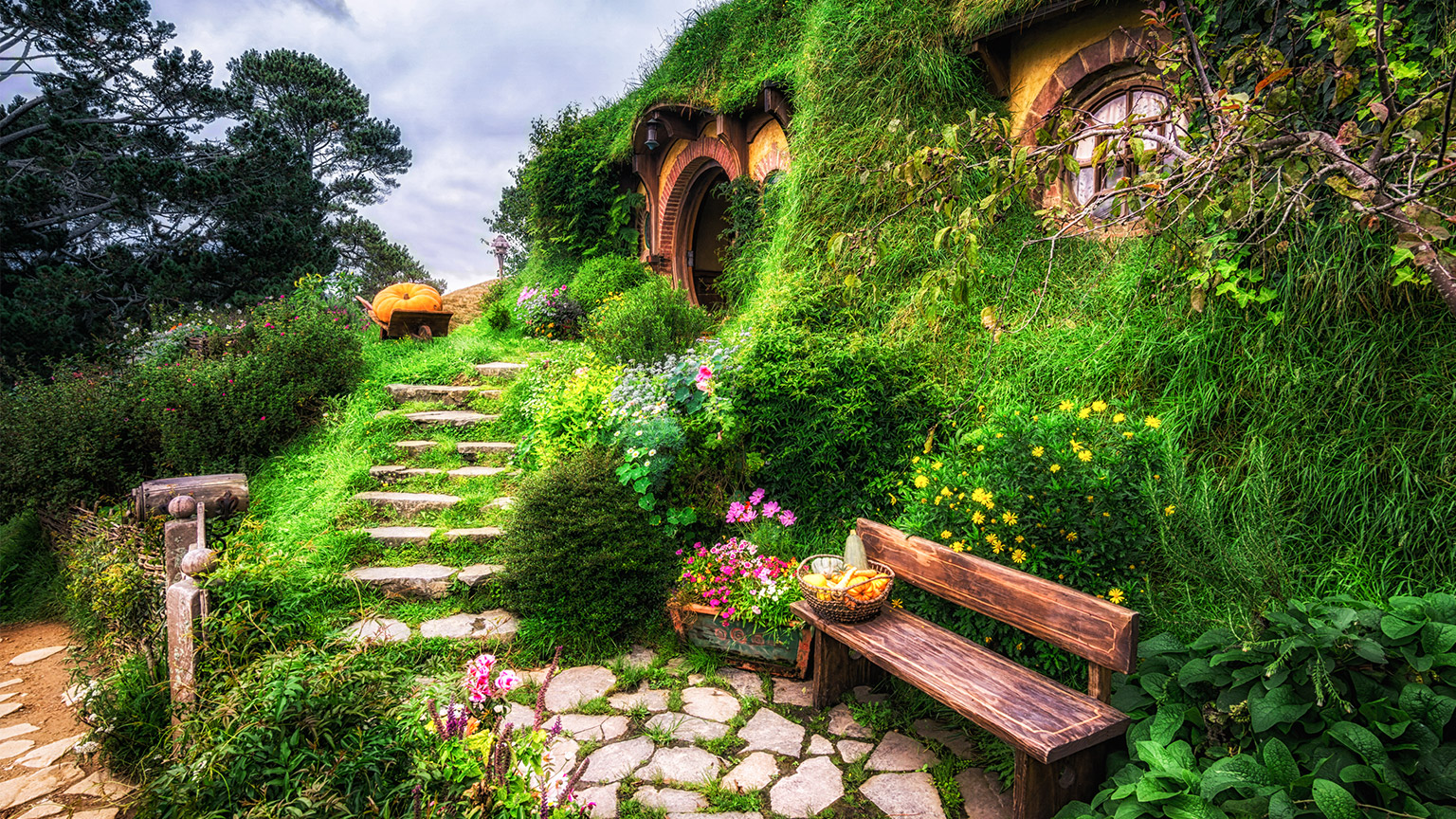Yoobee purchased the rights from Shutterstock to use the image above of Hobbiton. Unfortunately, your course does not come with the right to use Shutterstock images, so you'll need to stick with free sources such as Pexels, Unsplash, Pixabay, and Wikimedia Commons (which requires attribution, but it's free.)
'Attribution' can be cited as the act of attributing something especially: i.e. the ascribing of a work (as of literature or art) to a particular author or artist.
Attribution requires people who use the owner's work to attribute it to the owner. They have to let people know who is the creator (owner) or licensor of the work. It's about crediting a copyright holder according to the terms of a copyright license.
How do we attribute?
A general rule of thumb is to always include the following:
- Title
- Author
- Source
- Licence.
It is important to check if the creator has created an attribution already. If they have, go with that.
For video attribution, this usually appears on the screen at the start of the production.
| Licence | Abbreviation | Buttons |
|---|---|---|
| Attribution | BY |
|
| Attribution, Share Alike | BY SA |
|
| Attribution, No Derivative Works | BY ND |
|
| Attribution, Noncommercial | BY NC |
|
| Attribution, Noncommercial, Share Alike | BY NC SA |
|
| Attribution, Noncommercial, No Derivative Works | BY NC ND |
|
Source: creativecommons.org
Copyright exceptions
One of the most important ways the Copyright Act balances the rights and interests of society and copyright holders is by allowing people to use specific copyrighted works without the need to get permission.
You can copy without permission from an original if it is for:
- Research
- Private study
- Criticism or review
- Reporting current events.
The amount copied should be deemed ‘fair’. The amount used must not exceed what is needed.
In education, teachers and educators are permitted to copy the following from an original hardcopy:
- A single copy (for lesson planning purposes)
- Multiple copies to up to 3% or three pages (whichever is greater).
Copyright in films is generally owned by the person who organised for the film to be made unless there is another agreement in place. This can include the production company, the producer or the company that commissioned the film.
Film copyright is led by the copyright laws of the country where the film was made. Anyone using any portion of that film must provide attribution to the copyright owner for the film. The visual images and soundtrack that comprise a film are all protected by copyright. This includes feature films, documentaries, short films, home videos, animated films, video clips and television.
It's good practice, even for assignments in this course, to ensure you own all of the assets you use. If you end up using a song in your movie that you don't own, you can't ever share your movie on YouTube. YouTube will block your video from other users because it violates copyright laws.
To find assets, your first attempt should be to look for assets you own already or create them yourself. Then, find assets that are free to use and require no attribution. Lastly, use material owned by someone else with attribution to the owner appropriately, and be aware that you may not be able to widely share your work since you may not have had permission despite using attribution.
Every time someone downloads a movie illegally, a copyright has been infringed.

The answer is: The Copyright Act 1994 states that the author or creator of an original work is usually the first owner of copyright in that work. Copyright protection is granted automatically as soon as an original work is written down or recorded in some way, such as on paper, on canvas or in digital form.
Copyright in Aotearoa
- Copyright automatically applies when something is published.
- Everything published is protected by copyright.
- Copyright lasts more than a lifetime.
Ownership of copyright
Copyright gives you, as the person who creates an original work, exclusive rights to copy, publish, publicly perform, transmit and adapt your material. For further reading, you can learn the differences between copyright, IP, and patent laws.
The categories of works protected by copyright are:
- literary
- dramatic
- musical
- artistic works
- the typographical layout of published editions
- sound recordings
- films
- communication works (such as TV/radio broadcasts and internet transmissions).
In New Zealand, copyright in literary, dramatic, musical and artistic works lasts for the life of the author plus fifty years from the end of the year in which the author dies.
The full text of the Copyright Act can be accessed at www.legislation.govt.nz. NZ's copyright law has many similarities with those in other countries, but the use of any copyright works in New Zealand, including overseas material, is governed by the laws of this country. You can read more about copyright at copyright.co.nz.
